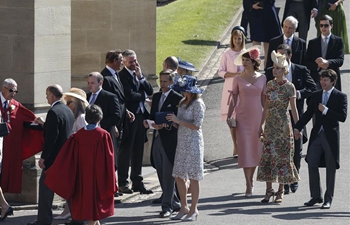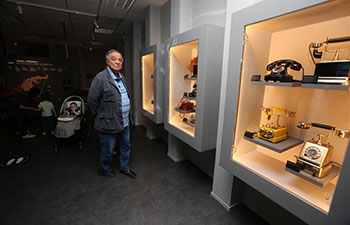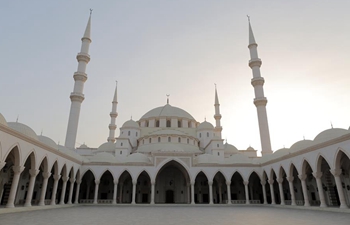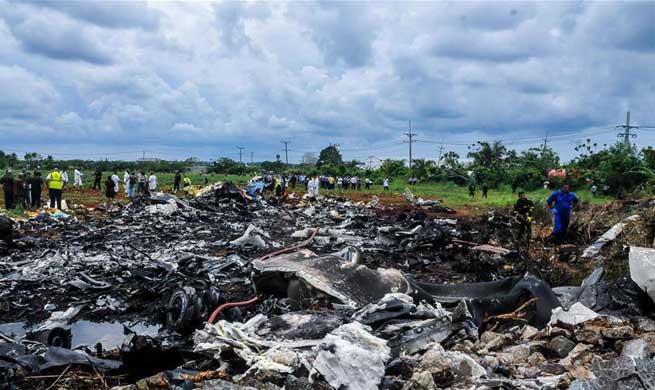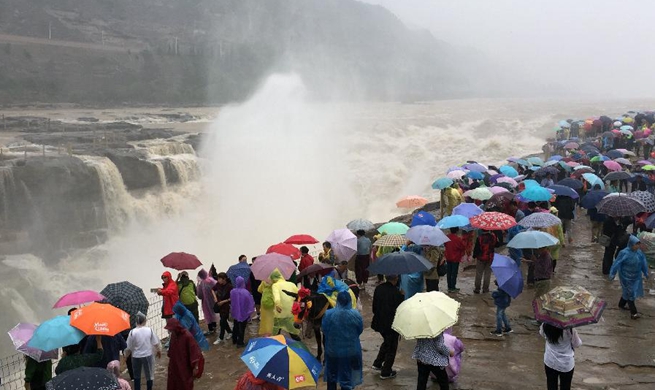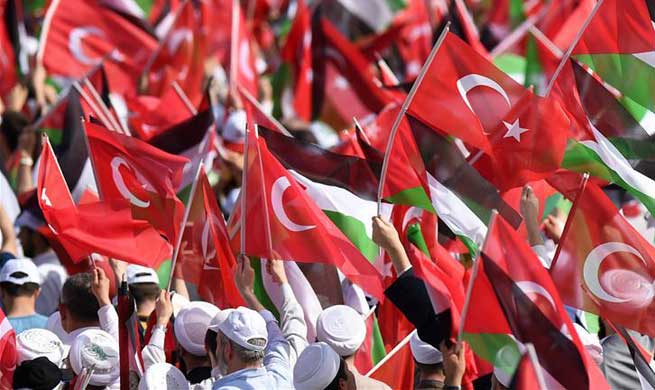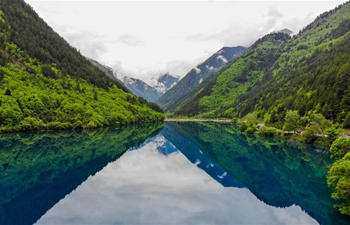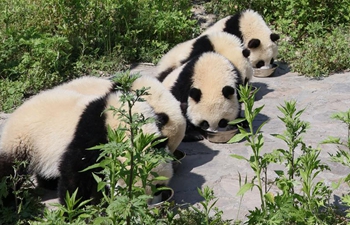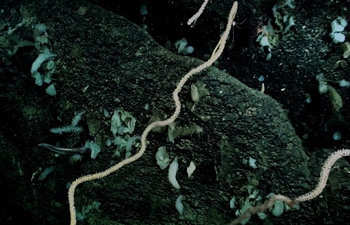by Raul Menchaca and Ovidio Acosta
HAVANA, May 19 (Xinhua) -- "I still do not believe it," says Jorge Castillo, a thin man in his fifties, who was one of the first to have arrived at the site where a Boeing 737 plane crashed on Friday.
The plane, leased by local company Cubana de Aviacion from the Mexican airline Damojh, was en route to Holguin in eastern Cuba. It fell shortly after taking off from Havana's Jose Marti International Airport, killing more than 100 passengers and crews, with only three survivors.
Castillo tells Xinhua with nervousness that he was walking along a secondary road of the La Catuca settlement, near the airport, when he saw the aircraft coming down.
"I threw myself to the ground first and then I ran to the remains where I set out to help the victims", he narrates with visible shock and acknowledges that this "has been the biggest scare of my life".
In the rescue efforts, Castillo met with Luis Manuel Vega, who is visiting Havana, and was helping his relatives in the cassava field near the site where the accident occurred.
"The smell is what I remember the most," says Vega, with a rueful look as he passes a dirty handkerchief across his forehead.
Still in shock, the man says that when he closes his eyes, he can relive the horror of the disaster, which could have been worse if the plane had crashed a kilometer ahead over the houses near the airport.
Later that day, Vega returned by bus to his house in the municipality of Rafael Freyre, which is in the same province with Holguin, the destination of the aircraft.
Several witnesses said that the plane tried to take off, made two erratic movements and leaned irretrievably to the right before rushing to land in an agricultural area with few houses in the vicinity.
People nearby mobilized quickly to help the victims. They reportedly managed to pull six people alive from the wreckage, although two of them died on the way to the hospital while another died in hospital.
The tragic incident took place almost a year after a military plane crashed on a hill in the western province of Artemisa in April 2017, killing eight soldiers on board.
Now, the charred remains are scattered on a railway line, barely a kilometer from the Terminal One of the country's main airport.
After the flames were extinguished and the smoke dissipated, specialists of the Central Laboratory of Criminology, dressed in white robes, worked among the remains despite heavy rain.
The police has cordoned off the area and prevented access, including journalists, in full view of a few large triangular vestigial remains from just 150 meters away, presumably of the tail or a wing.
The Institute of Civil Aeronautics of Cuba, an entity of the Ministry of Transport, is in charge of the investigations to determine the cause of the tragedy.
In the nearby facilities of the Cubana de Aviacion airline, relatives of the passengers were delivering personal information to the authorities to facilitate the identification of the victims.
Family members, filled with sorrow and pain, have been receiving medical and psychological attention from the authorities, which have been trying to stave off the damage of one of the most cruel air accidents on the island in recent years.
Newly appointed president Miguel Diaz Canel, along with a good part of his ministerial cabinet, went to the accident site, while the first secretary of the Cuban Communist Party, Raul Castro, conveyed his condolences to the victim's families.
After the plane crash, the Cuban Council of State declared two days of national mourning, starting from 06:00 a.m. (1000 GMT) Saturday, when the Cuban flag will be lowered to half-mast during this period.




